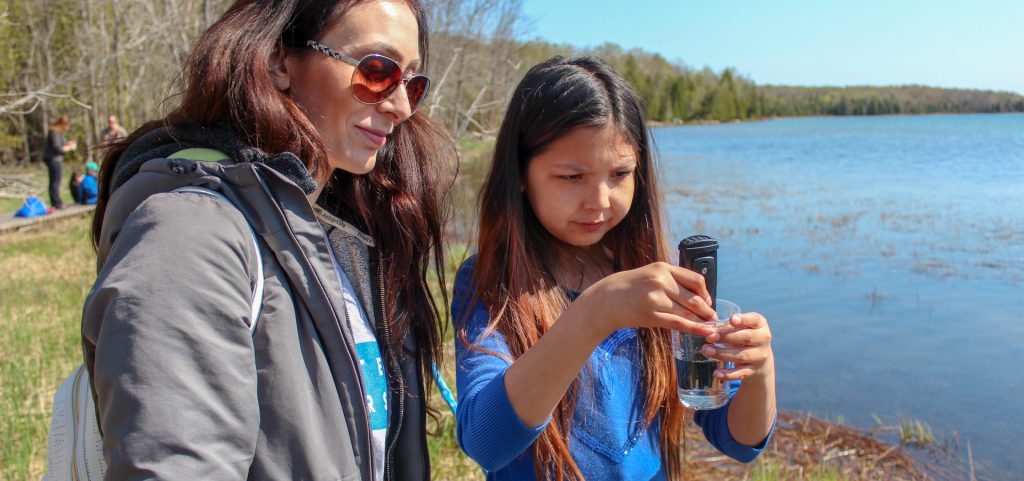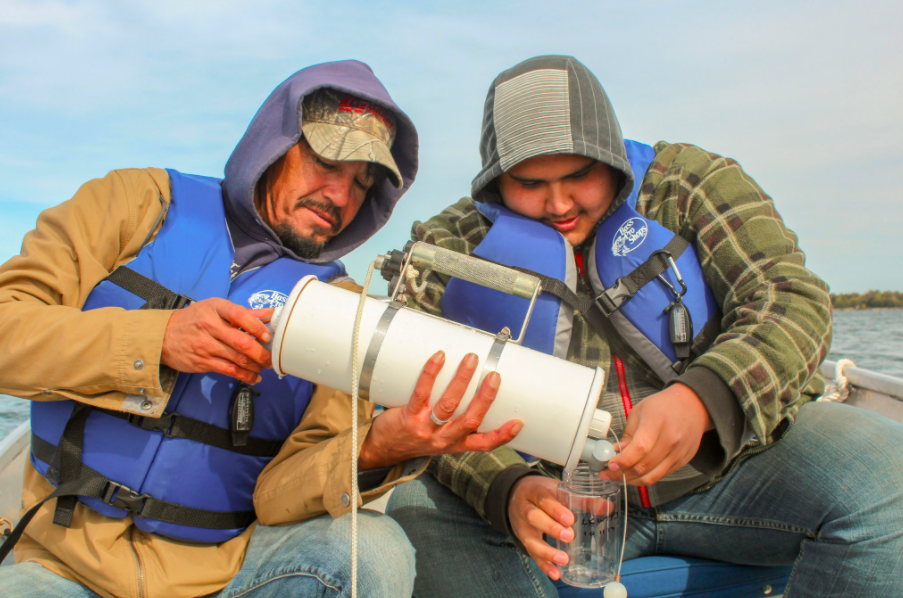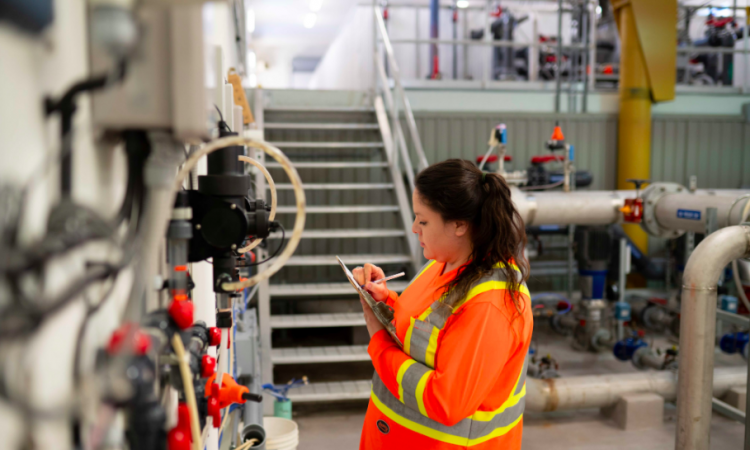Though it’s relatively well known that many First Nations communities don’t have access to clean drinking water, the complicated reasons why – and relevant solutions – are less than obvious. The Trudeau government is working to end all long-term drinking water advisories, prevent short-term advisories from becoming long-term and improve water infrastructure for public systems on reserves by May of 2021. Meanwhile, the Environmental Stewardship Unit of the Assembly of First Nations engages in discussions with the federal government on water legislation and governance. To achieve long-lasting solutions, there are many factors to consider, including laws and regulations for drinking water, adequate construction, operation and maintenance of water systems, and technical support for communities, as explained by Chelsea Vowel in her book Indigenous Writes: A Guide to First Nations, Métis, and Inuit issues in Canada. Vowel points out that the way forward includes ensuring the “successful and safe operation of water-service facilities.”
This is why the team at Water First Education and Training has spent the past seven years collaborating with over 50 First Nations communities to collectively weave critical skills training and water science education together with existing community knowledge. The result is the co-creation of programs that hire and train locally to ensure communities retain their expertise for ongoing success. And it’s working. In our journey as a largely non-Indigenous organization, one that’s committed entirely to serving Indigenous communities, we have found that relevant solutions to water challenges emerge through a focus on listening and building long-term, mutually beneficial relationships.

Listening leads the way
Together with insights from many First Nations community partners, we have a good handle on the intricacies of how this problem has developed over such a long time-period, with some communities still without clean water after 20 years or more under a boil-water advisory. We know the issue very well – except for having lived through it first-hand ourselves. And this is vital. Although we draw on the expertise of our First Nations Advisory Council – comprising northern First Nations community members, including water treatment and environmental water specialists, community leaders and Elders – for guidance on program development and delivery, we still have our biases and blind spots. Our intentions are good, but we recognize that intentions only go so far. After making connections with First Nations communities, our work begins with travelling to meet, to discuss, to listen.
Many First Nations with drinking water challenges in Canada have identified the need for more young, qualified and local personnel to support solving water issues independently and for the longer term. Yet every community is different, with varying situations that have contributed to these challenges. Understanding what community members and leaders have to say about their priorities and goals has been the catalyst for building adaptability, trust and effective solutions.
Persevering through challenging times
Our recently launched internship program with 11 First Nations affiliated with the Bimose Tribal Council is one of those achievements. In November of 2019, we solidified our partnership to deliver a drinking water treatment and environmental water management program with 13 young Indigenous adults who are in pursuit of their Operator in Training (OIT) and Water Quality Analyst (WQA) certifications, which will launch their careers in the water industry as stewards of their communities’ health and well-being.
“After making connections with First Nations communities, our work begins with travelling to meet, to discuss, to listen.”
Just months later, COVID-19 poses serious challenges to our joint plans for each intern to accumulate 1,800 hours of on-the-job experience in water treatment plants, which is a requirement for them to become level-one operators. With a lot of communicating, pivoting and trust, the Bimose water internship has developed into a story of perseverance and success through collaborative listening. During the first couple of weeks of the pandemic, the Water First team heard from some First Nations communities that interns were experiencing challenges accessing the internet and some learning resources from home. So, we mailed textbooks and prepaid cell phones. Now the program is progressing in unexpected ways: interns are learning new ways of communicating virtually and program staff are developing online tutorials and team-building exercises to support important peer-to-peer interactions under these unusual and unplanned circumstances. From working on their “why” to performing online quizzes and tutorials – the agility and participation of our interns are critical indicators of a mutually beneficial relationship that is poised to yield results, despite challenging times.
Amy Waboose, from Whitefish River First Nation, is a graduate of the Water First Internship Program who works full-time at her community’s water treatment plant, ensuring the water is safe for everybody to drink. “I just want to make sure it’s healthy. It’s my community, it’s where I come from; I take pride in what I do,” said Amy. “I came in here for a job and I ended with a career.” Amy’s passion for her work is a gift for the next generation. “That’s why I’m doing it,” she said, “… for my family, for everybody here.”

Collaboration and adaptability key to success
Capacity building, done well, is a two-way street. Listening, mutual understanding and meaningful collaboration with our First Nations partners continue to be the platforms for building reciprocal relationships that result in two-way communication and learning. Co-developing effective program strategies that address long-standing water issues, while supporting opportunities for professional development, are the result. As we navigate through these uncertain times of COVID, we have found that a commitment to collaboration and adaptability, now more than ever, is a key driver of a successful partnership. We are hopeful that our interns will one day become program graduates, entering new careers right at home in their communities.
Although we’ve spent our entire careers mastering the arts and sciences in our field, what we bring to First Nations communities is only a portion of what’s on the table. By co-developing programs with those who have the strongest connections and relationships with their communities and land, we can effectively work together to create real and relevant change.
Want the best of CareerWise delivered to your inbox each week? Subscribe to our popular CareerWise Weekly newsletter to receive top news and views in career development every Tuesday.




